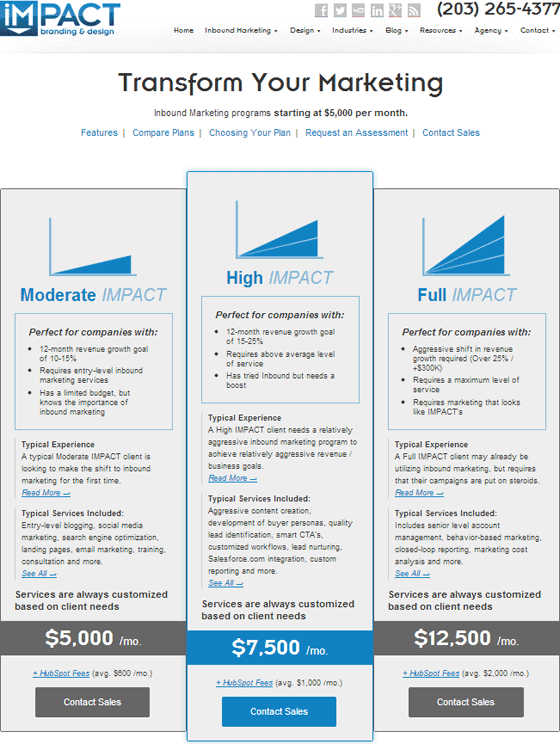
In this post…
In my personal experience working with web design, web development, and creative agencies, and in conversations I’ve had with other freelancers, designers, developers and creatives, there is always one business pain point that stands out. Cash flow. Revenue can be seasonal. We’re either out meeting with potential clients to drum up sales, or we’re swamped with design and development work from our current clients.
Cash flow is a seemingly endless ebb and flow. It’s the paradox being both a creative and a business owner. One day we’re churning out creative work. The next day we don our business hats and shake a lot of hands.
Revenue does not have to be this erratic. We don’t have to resort to guerrilla tactics to get paid. We can borrow an idea perfected by the law industry, where they use retainer agreements, and apply them to our own creative business. Yes, we can use retainers to productize our services. Below, we have included a sample of our retainer contract template for graphic designers and many other agencies.
The Retainer Agreement
Simply put, a retainer agreement is a contract that provides your client with a way to retain, or reserve, your services by paying the entire amount of the contract up front. The primary incentive for a client to sign a retainer agreement is that it guarantees them access to your services. Some creative agencies will also offer a discounted rate as an incentive to sign some type of a retainer agreement such as a web development, design or marketing service agreement.

Looking for a Free Retainer Contract?
Download our free retainer contract to use with your clients.
Click to download PDF
The benefit of signing clients to a retainer agreement is that it generates cash flow at the beginning of a project, not the end. We can make better financial decisions with money in hand. And when the coffers start running low, we can bring on more retainer clients.
Another benefit of a retainer agreement is that it does not require any definition of scope or haggling over budget. The client is simply paying for a predefined deliverable or a set number of hours to be used at their discretion. A retainer agreement goes a long way in simplifying the business relationships we have with our clients.
Keep it Simple
Large projects are a common cause of erratic cash flow for creative agencies. There can be spans of weeks or months in between payments, while the client is expecting you to be churning out creative work in the interim. Retainer agreements typically favor smaller projects because they normalize the payment process and allow for more flexibility in scope.
Working on smaller projects enables an agency to iterate over creative work and respond to changes in technology and market trends in the midst of the design phase. A smaller web-design service agreement gives the client the option to start out with something small and continue the relationship by renewing the contract.
Repeatable Projects
Those creative agencies that are the most successful at productizing their services are those able to template their projects and apply them to several different clients. For example, if a bulk of your work is designing and developing WordPress web sites, build a product around this offering and throw a price tag on it. Another example would be a creative agency that offers branding and collateral — calculate the average number of hours it takes to put together a new identity package and offer it as a service with a fixed price.
Repeat projects — where the input and output are roughly the same from client — are the best candidates for becoming productized services because you can estimate and deliver them with guaranteed success and accuracy.
An Example of How it’s Done
Impact Branding and Design is one of our Intervals customers with whom I’ve been fortunate enough to have several conversations. Impact is a great example of how a marketing and creative agency can create products based on their services and use them to regulate cash flow while still putting the client’s best interests first.

We identified common growth goals and how much our clients typically need to spend to meet them, then designed packages based on these goals.
— Bob Ruffolo
Founder and CEO of Impact
This pricing page shows how they’ve productized their own inbound marketing services into three tiers, offering a different level of commitment and outcome for each one. Each plan includes a description of the ideal candidate an outline of the typical experience and services, so you know if it’s right for you and what to expect before even contacting Impact.
And it’s month-to-month and customizable, so clients can get a feel for the relationship and their full range of options before committing to a more long term investment.
Photo credit: Rob Shenk




Great article John. Keep up the good work.